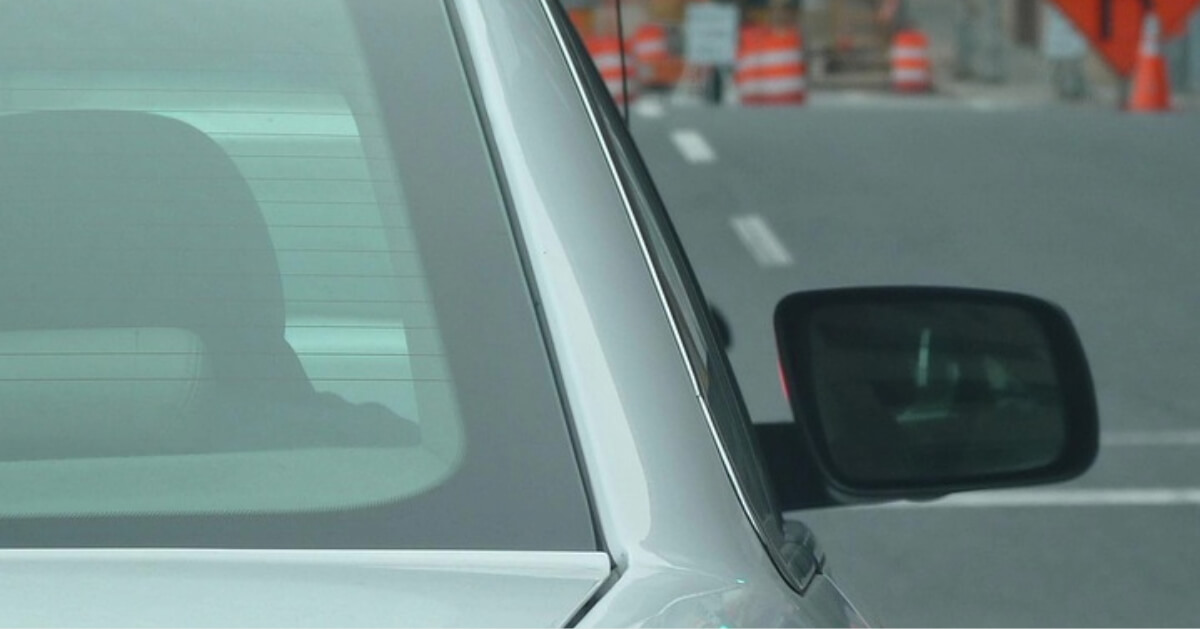What Happens if You Hit a Jaywalker in California?
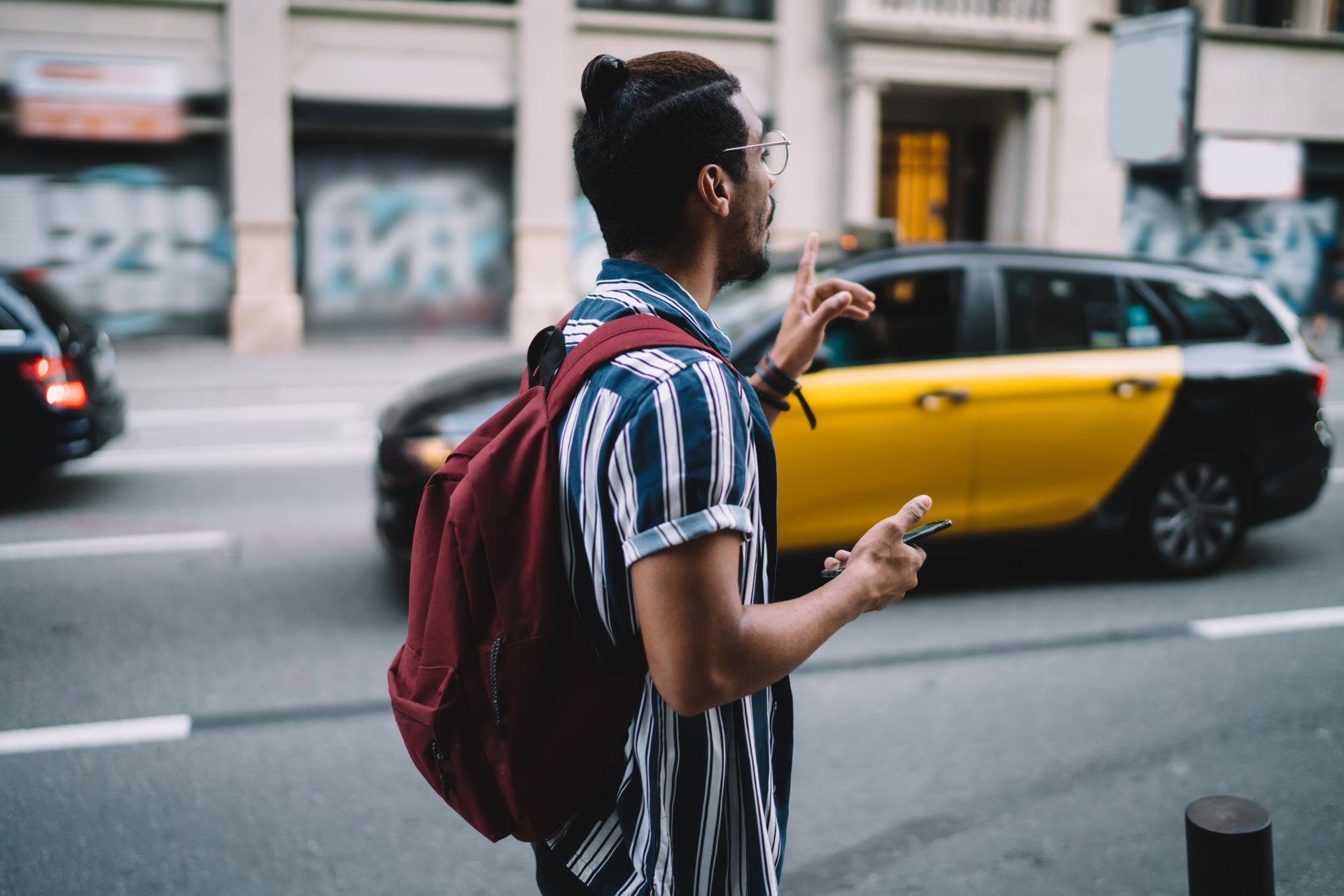
In California, if you hit a jaywalker, you may still face liability despite the pedestrian crossing illegally. You may face substantial medical bills, insurance claims, lawsuits, and even potential criminal charges depending on the circumstances.
The consequences of hitting a jaywalking pedestrian can be overwhelming. Without proper legal guidance, you risk accepting more fault than necessary or mishandling critical evidence that could protect you.
Our experienced team has successfully represented clients in complex pedestrian accident cases, including a recent $2,500,000 settlement for a pedestrian incident resulting in a broken foot in Sacramento.
Our car accident lawyer in California will provide the guidance you need during this difficult time with a free consultation.
If you hit a jaywalker, who is at fault in California
In California, fault in jaywalking accidents is rarely black and white. The state follows pure comparative negligence laws, which means both the driver and the pedestrian can share responsibility for an accident. Even when a pedestrian is jaywalking, drivers still have to exercise reasonable care.
Insurance companies often try to quickly settle by assigning partial blame to the pedestrian, even when the driver did everything possible to avoid the collision. California’s comparative negligence doctrine allows injury victims to recover damages even when partially at fault, though their compensation will be reduced by their percentage of fault.
💡 If the pedestrian is found 70% at fault for jaywalking, they may still recover 30% of their damages from the driver’s insurance.
If you hit a jaywalker at night, who is at fault?
Nighttime jaywalking accidents add another layer of complexity to fault determination. Poor visibility conditions don’t automatically absolve drivers of responsibility, even when a pedestrian crosses illegally outside of designated crosswalks. The driver’s speed, attentiveness, and reaction time all factor into the fault equation.
California courts often consider the time of the accident, visibility, and speed when assigning fault, even if jaywalking is clear. Low-light conditions can shift fault percentages, even if the pedestrian made an illegal move by crossing where they shouldn’t have.
Drivers should preserve any dashcam footage and request surveillance video from nearby businesses immediately after an accident involving jaywalking. This evidence can be essential for establishing the true circumstances of the collision.
Hitting a pedestrian in California: What the law says
California law establishes clear responsibilities for drivers, regardless of a pedestrian’s actions. According to California Vehicle Code §21950, drivers must yield the right of way to pedestrians crossing within marked or unmarked crosswalks at intersections. However, this doesn’t mean pedestrians can suddenly leave a curb and walk into the path of oncoming traffic, creating an immediate danger.
Even when a pedestrian is jaywalking, drivers must exercise reasonable care to avoid a collision. The duty of care remains, even if a pedestrian crosses illegally. Drivers are often surprised to learn they may still share liability.
The California Department of Motor Vehicles emphasizes that drivers must remain vigilant and prepared to stop for pedestrians at all times.
Do pedestrians always have the right of way?
Contrary to popular belief, pedestrians don’t automatically have the right of way in all situations. While pedestrians generally have the right of way in crosswalks, they must also exercise care for their own safety and obey traffic signals. Jaywalking invalidates automatic right-of-way—but not the driver’s duty of care.
The California Highway Patrol notes that pedestrians must use due care when crossing roads. When jaywalking, pedestrians legally must yield to vehicles, though this doesn’t permit drivers to hit them recklessly.
Many drivers don’t realize that “unmarked crosswalks” still legally exist at most intersections. These unmarked crosswalks offer the same legal protections as marked ones, and what might appear to be jaywalking could actually be a legal crossing.
Our Huntington Beach car accident lawyer is available now for a free consultation to help protect your rights after an accident.
What happens if the pedestrian is seriously injured or killed?
When a jaywalking accident results in serious injuries or death, drivers may face both civil liability and criminal charges. While most cases remain in the civil realm through insurance claims and personal injury lawsuits, certain circumstances can trigger criminal prosecution.
Factors that may lead to criminal charges include driving under the influence of alcohol or drugs, hit-and-run behavior, excessive speeding, or other forms of reckless driving. Most drivers don’t know that emotional distress lawsuits from families are possible, even if they weren’t at fault criminally.
💡 Even a fully insured driver may face a personal lawsuit if injuries are severe enough to exceed insurance policy limits.
What if the pedestrian was intoxicated or distracted?
When a pedestrian’s actions contributed to the accident, whether through intoxication, distraction by a cell phone, or wearing headphones, this can significantly reduce their ability to recover damages. This is where California’s pure comparative negligence doctrine becomes particularly relevant.
The pedestrian’s degree of fault directly reduces their potential compensation. However, even intoxicated pedestrians may still recover partial damages if the driver contributed to the collision in some way, such as by speeding or failing to maintain proper lookout.
Hypothetical Scenario: A pedestrian who crossed mid-block while intoxicated may still win partial compensation if the driver was speeding or texting. If the court finds the pedestrian 80% at fault and the driver 20% at fault, the pedestrian could recover 20% of their total damages.
Our Torrance car accident lawyer will help determine the appropriate share of fault and protect your rights throughout the legal process.
Who pays for damages in a jaywalking accident?
Knowing financial responsibility in jaywalking accidents helps you prepare for potential claims. Several parties may bear responsibility for covering damages:
- Driver’s auto insurance: Primary source for covering the pedestrian’s injuries up to policy limits
- Pedestrian’s health insurance: May cover medical bills, potentially with subrogation rights against the driver
- Pedestrian’s uninsured motorist coverage: Can apply if they have auto insurance with this protection
- Driver’s personal assets: May be at risk if damages exceed insurance coverage
- Employer liability: If either party was working at the time of the accident
📌 If the pedestrian was working at the time, workers’ compensation may apply even if they jaywalked. The California Department of Insurance provides helpful information on how liability claims work in accident cases across California.
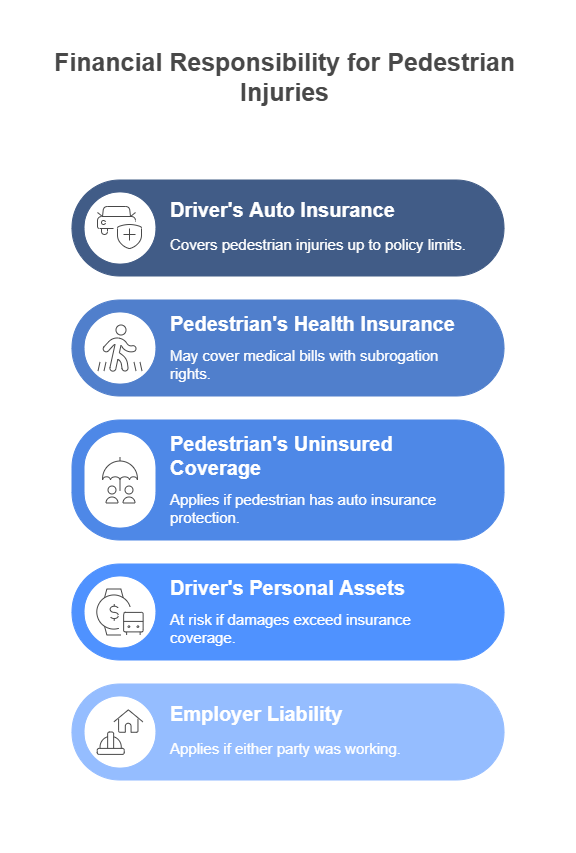
Estimate potential compensation using our car accident settlement calculator
Getting to know liability is just the first step. You may also want to estimate what compensation—or costs—you’re facing. Our car accident settlement calculator can help you understand the potential financial impact of your case based on injury severity, fault percentages, and economic losses.
The calculator considers:
- Medical expenses (current and future)
- Lost wages and earning capacity
- Pain and suffering
- Property damage
- Rehabilitation costs
The tool gives insight into the financial impact of a pedestrian accident, whether you’re a driver or a pedestrian with a personal injury claim. Your estimate may change dramatically depending on whether you were 10% or 40% at fault—our calculator lets you see how these percentages affect potential outcomes.
Our San Bernardino car accident attorney will provide more tailored guidance during a free consultation to help you understand your specific situation.
We understand you might not be ready to talk to someone straight away, so please fill in the form below, and we will get back to you as soon as possible. Time is of the essence!
"*" indicates required fields
Hypothetical scenarios and fault comparison table
Knowing how fault might be assigned in different situations can help you assess your case. The following table illustrates how various factors might influence fault determination:
| Scenario | Pedestrian Action | Driver Action | Likely Fault Split |
|---|---|---|---|
| Jaywalking at night | Dark clothes, crossing mid-block | Alert and driving slowly | Pedestrian: 100% |
| Jaywalking midday | Distracted on the phone | Speeding and texting | Pedestrian: 60%, Driver: 40% |
| Crosswalk with light | Legal crossing | The driver fails to yield | Driver: 100% |
| Dashing across the freeway | Highly reckless behavior | No law was broken by the driver | Pedestrian: 100% |
💡 Don’t assume blame or innocence based on one factor. Courts look at the full picture, including all circumstances surrounding the accident involving jaywalking.

What to do if you hit a jaywalker in California
After the immediate emergency response and ensuring everyone’s safety, take these critical steps to protect your legal position:
- Avoid admitting fault: Stick to factual statements and avoid apologizing, which can be interpreted as admitting liability.
- Document the surroundings: Take photos of lighting conditions, skid marks, traffic signals, and the overall accident scene.
- Collect witness info: Gather contact information from any witnesses who saw the pedestrian’s actions before the collision.
- Notify your insurer: Report the accident to your insurance company promptly, but stick to the facts.
- Contact our attorney: Seek our legal guidance before making statements to the other party’s insurance or attorney.
Silence can protect you more than apologies. Stick to facts with law enforcement when you report the accident, and let your legal team handle communications with insurance companies.
When to contact our California pedestrian accident attorney
Legal representation becomes especially important when fault is disputed or the pedestrian has suffered serious injuries. Our experienced personal injury attorney will investigate the accident, gather evidence, negotiate with insurance companies, and represent your interests if the case goes to court.
Don’t let uncertainty—or an insurance adjuster—define your liability. Our pedestrian accident lawyers understand California’s comparative negligence laws and how they apply to jaywalking incidents. We’ve successfully represented both drivers and pedestrians in complex cases where determining who’s at fault required expert legal analysis.
Worried about liability after hitting a jaywalker? Contact us online or call us today at (866) 646-6676 to get clear legal answers and protect your rights in a complex California pedestrian accident case.

FAQs
Can I be sued if the pedestrian wasn't seriously injured?
Yes, a pedestrian can file a personal injury lawsuit regardless of injury severity. Even relatively minor injuries can result in medical bills, lost wages, and pain and suffering claims. California’s two-year statute of limitations gives pedestrians ample time to discover complications from seemingly minor injuries.
Will my insurance rates go up after hitting a jaywalker?
Your insurance rates may increase after hitting a jaywalker, depending on your share of fault in the accident. If you’re found partially liable, even for a jaywalking pedestrian, your insurer might raise your premiums. Our attorney will help minimize your liability and potentially protect your rates.
What evidence should I collect to protect myself legally?
Gather photos of the accident scene, traffic signals, and street conditions. Obtain contact information from witnesses who saw the pedestrian’s actions. Preserve any video evidence from dashcams or nearby businesses. Document weather and visibility conditions, and request a copy of the police report.
Do I have to report the accident if the pedestrian walked away?
Yes, California law requires you to report any accident resulting in injury, regardless of severity. Even if the pedestrian claims to be uninjured and leaves the scene, you should still file a police report. Pedestrians may discover injuries later and file claims against you.
What if there were no witnesses to the accident?
Without witnesses, determining who’s at fault becomes more challenging, especially in jaywalking cases. Physical evidence becomes essential, including damage patterns, skid marks, and accident reconstruction. Our experienced personal injury attorney will help investigate and build your case even without direct witnesses to support your version of events.
Related Posts
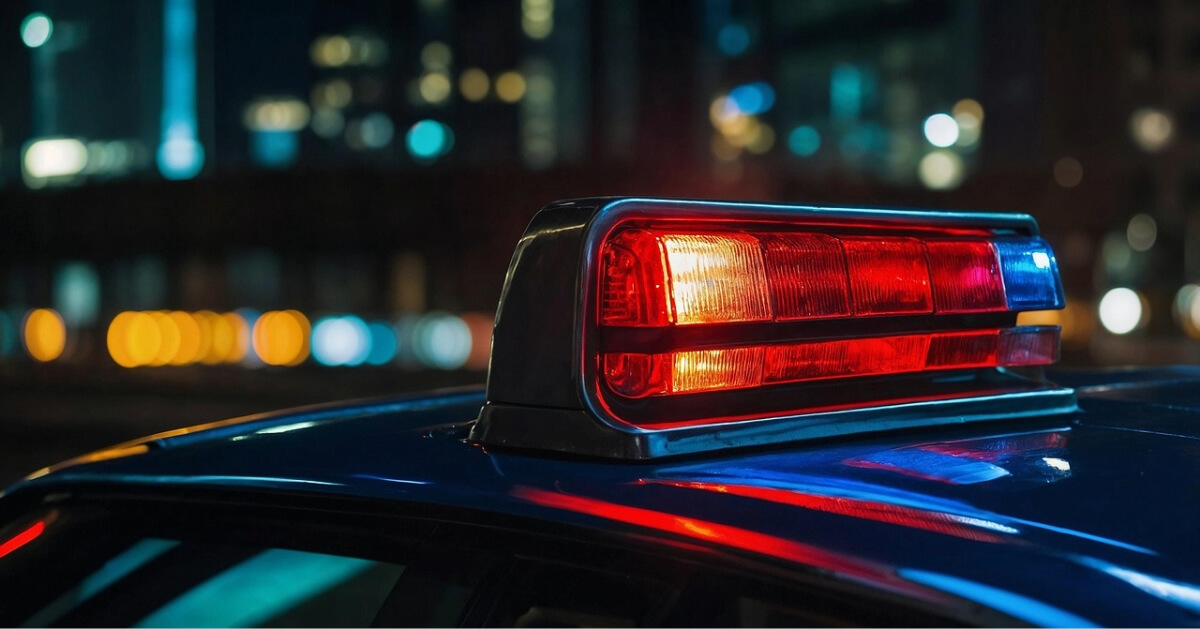
Five Hospitalized After Arleta Ambulance Crash
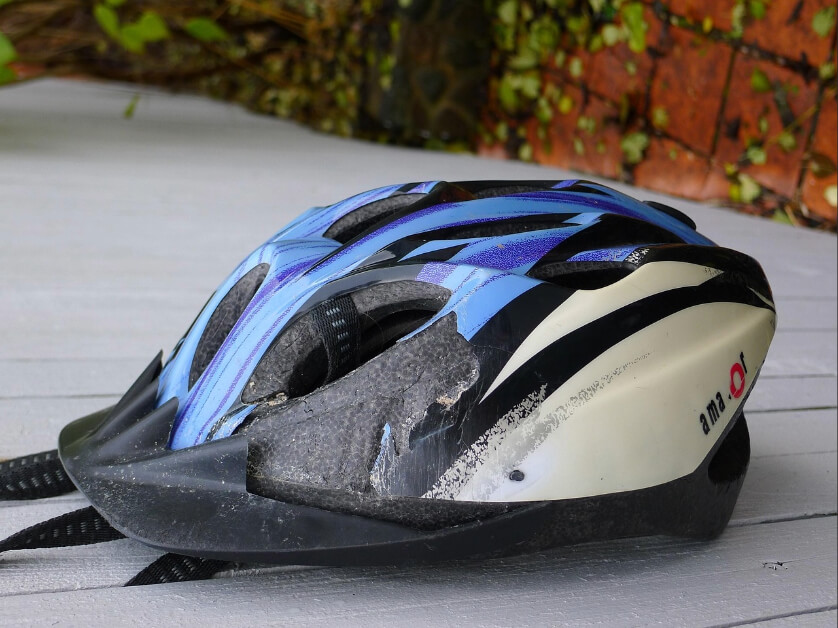
Man killed in LA bicycle crash on East 71st Street

Driver Killed in Long Beach Crash on Long Beach Blvd

Motorist killed in Agoura Hills single-vehicle crash
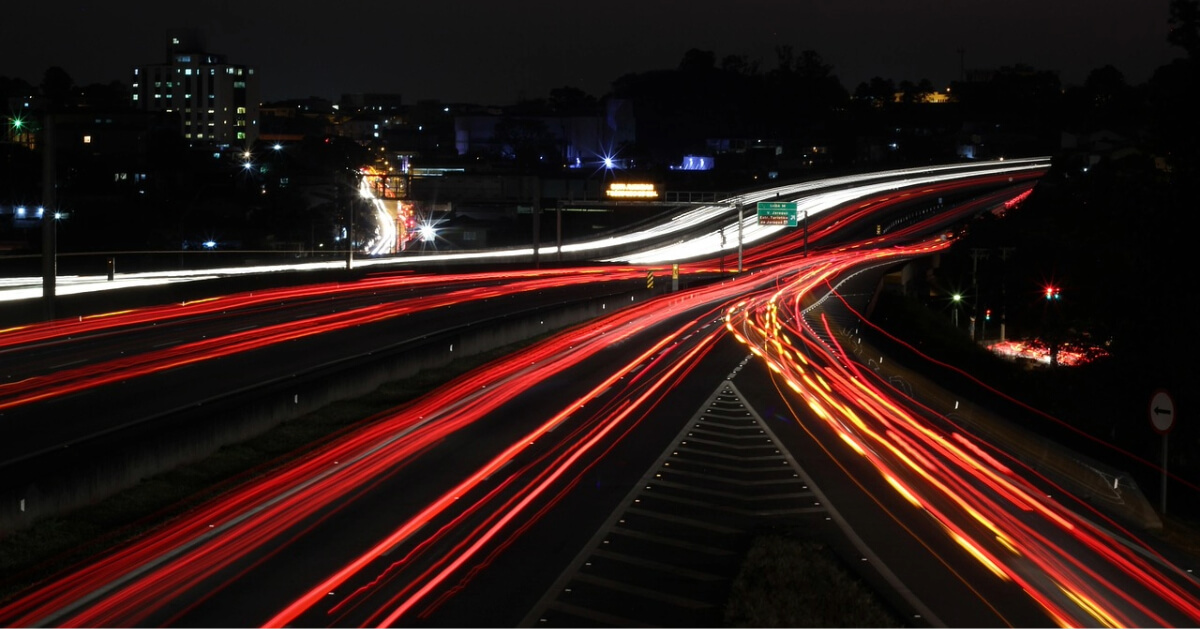
Person killed in Boyle Heights crash on I-10
